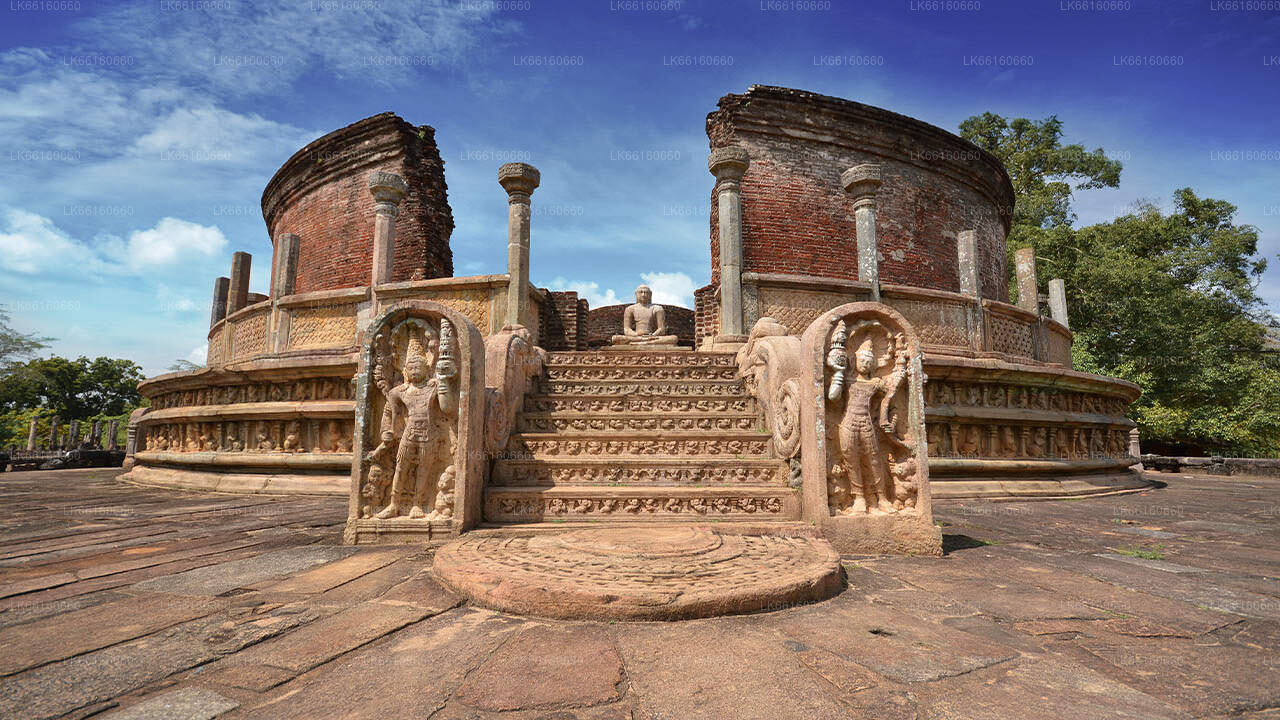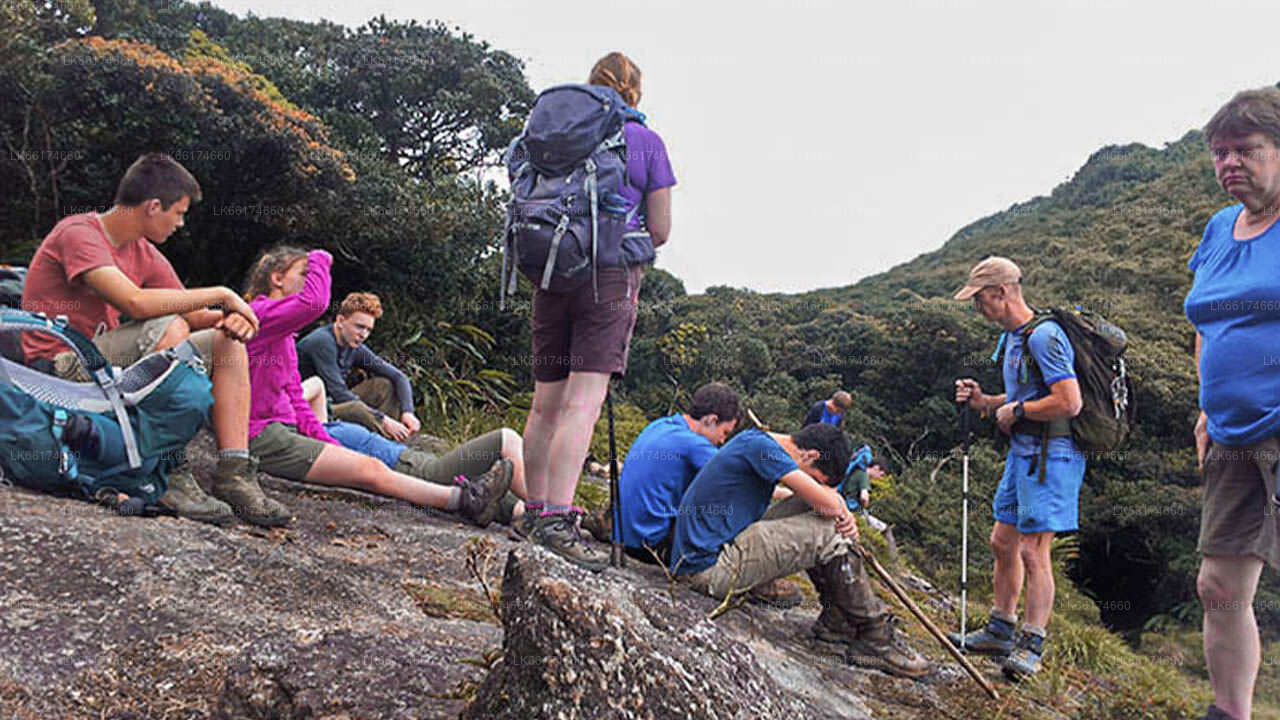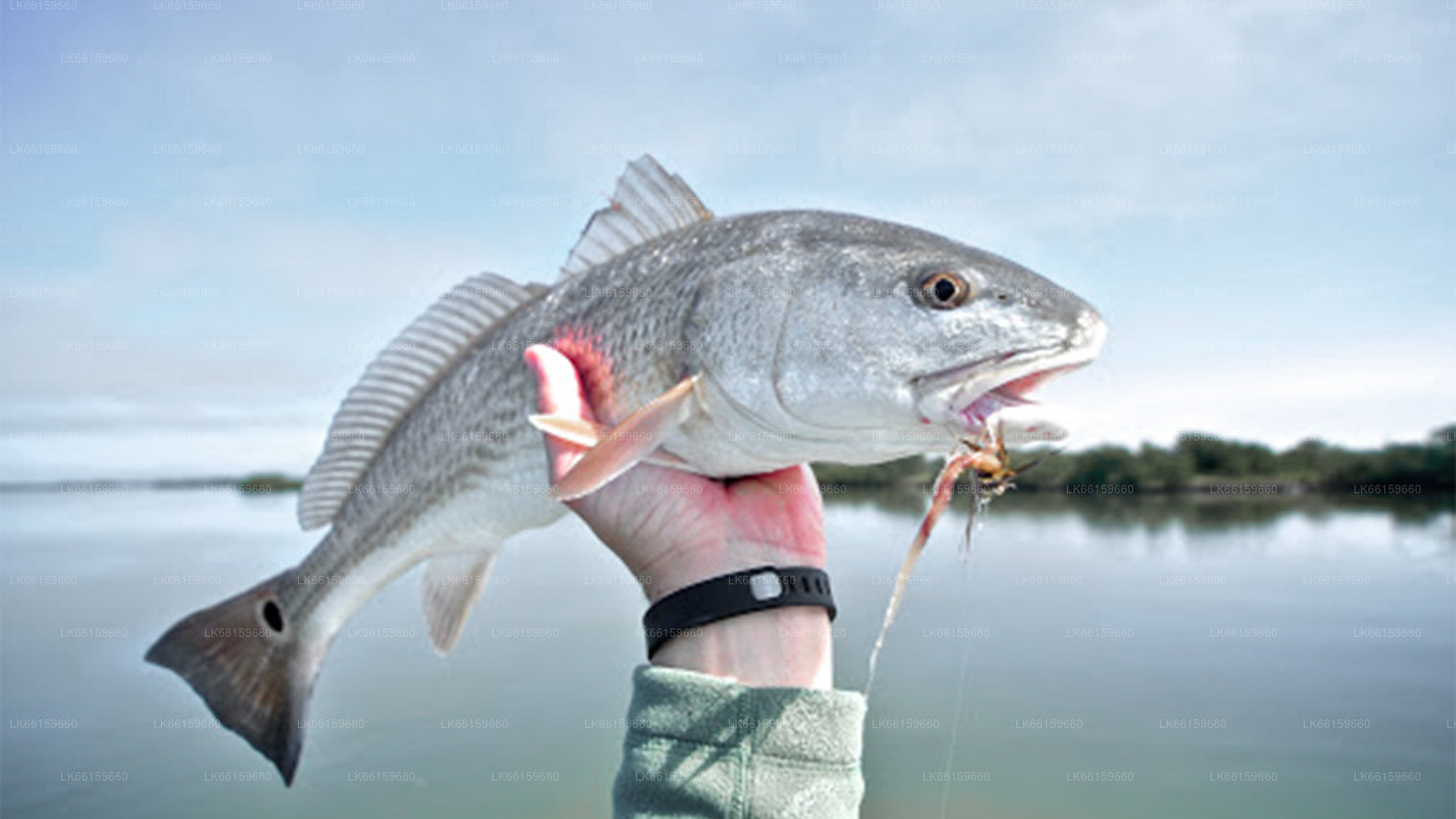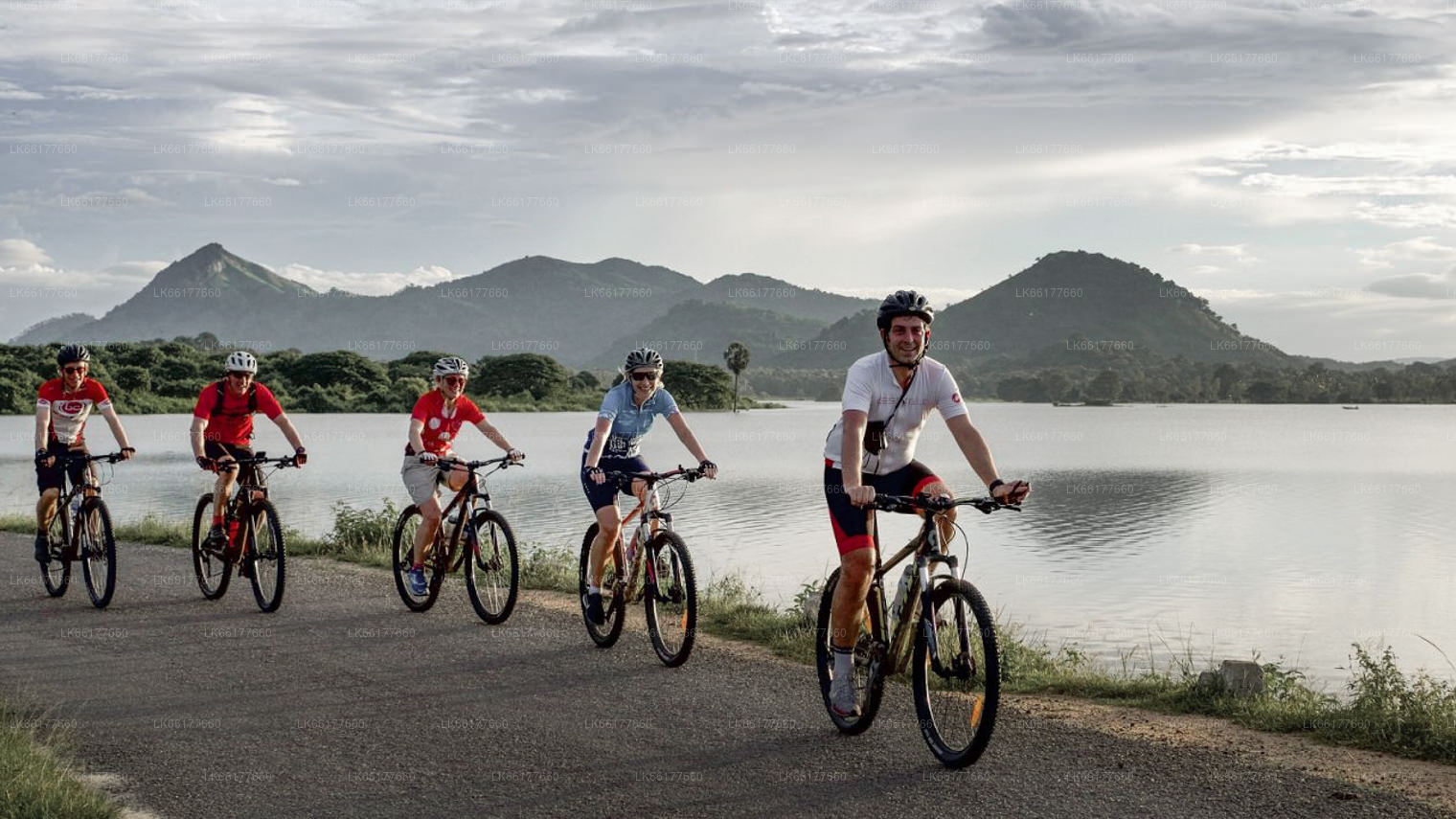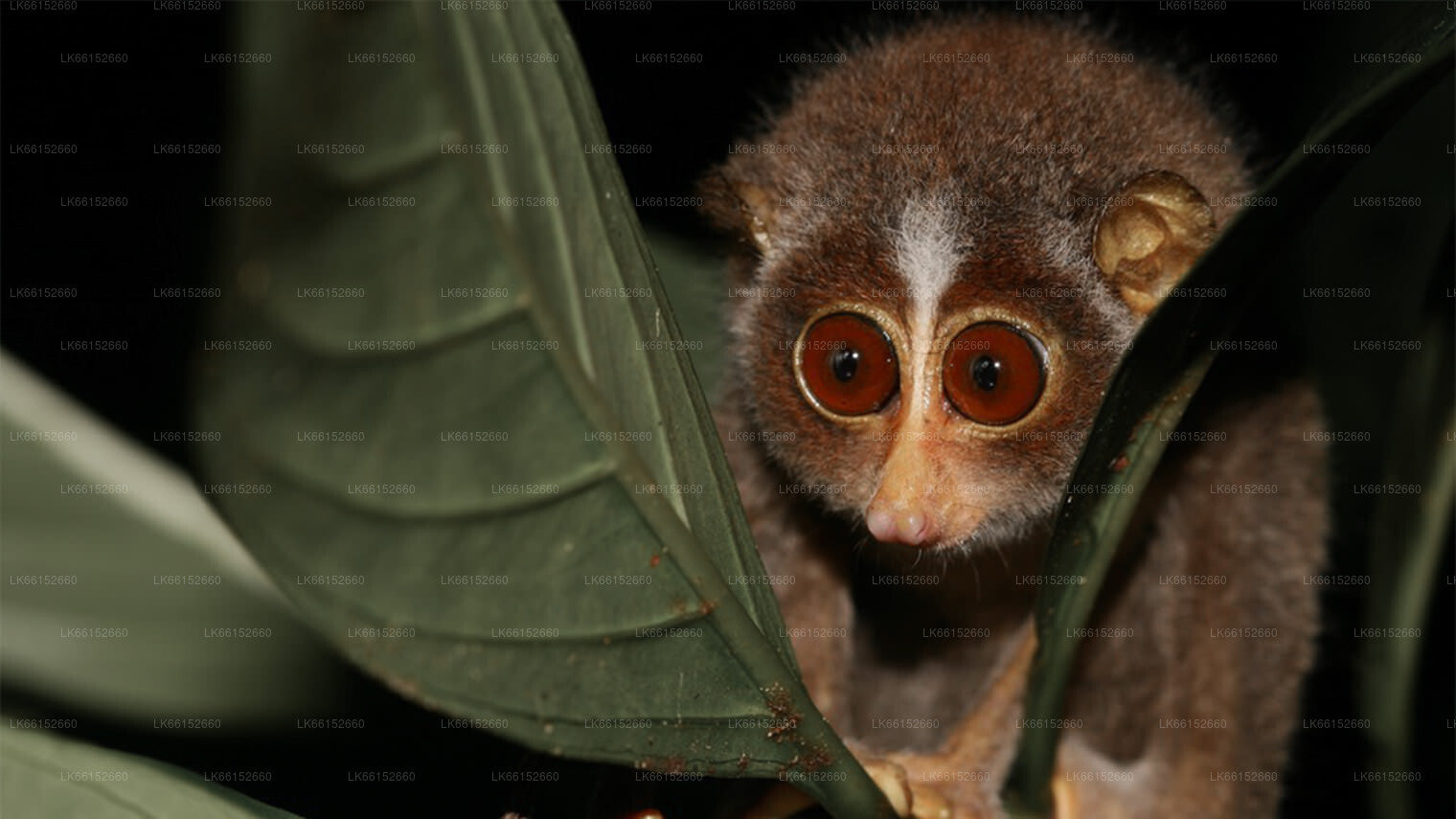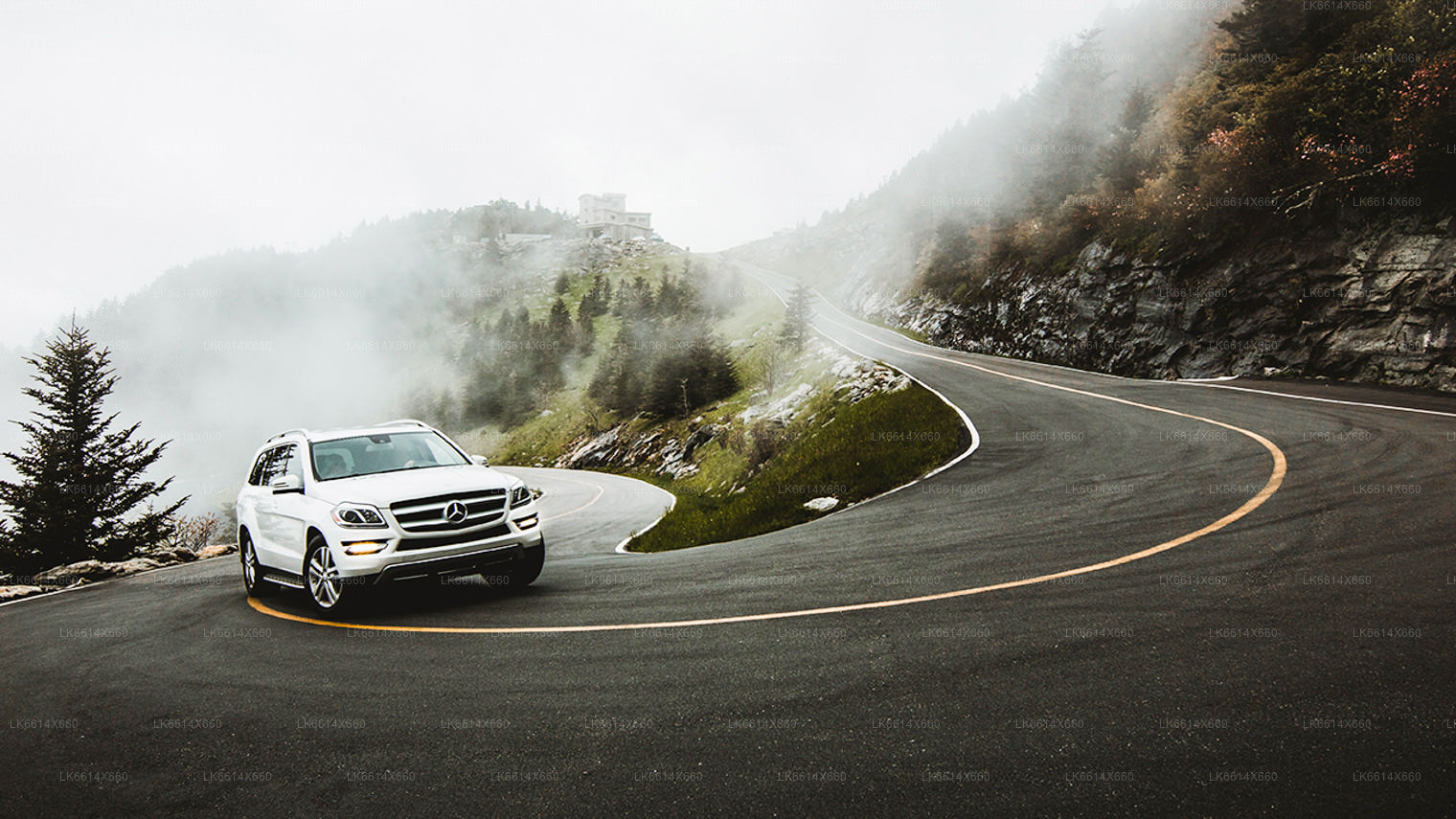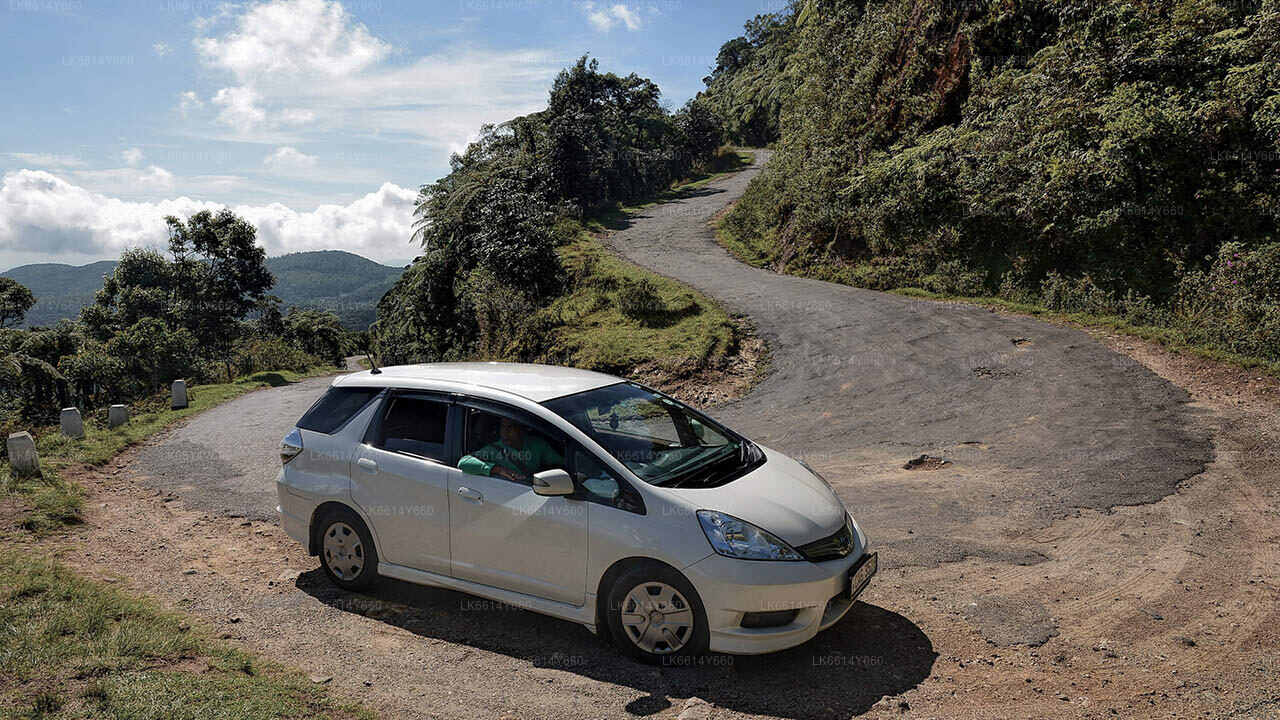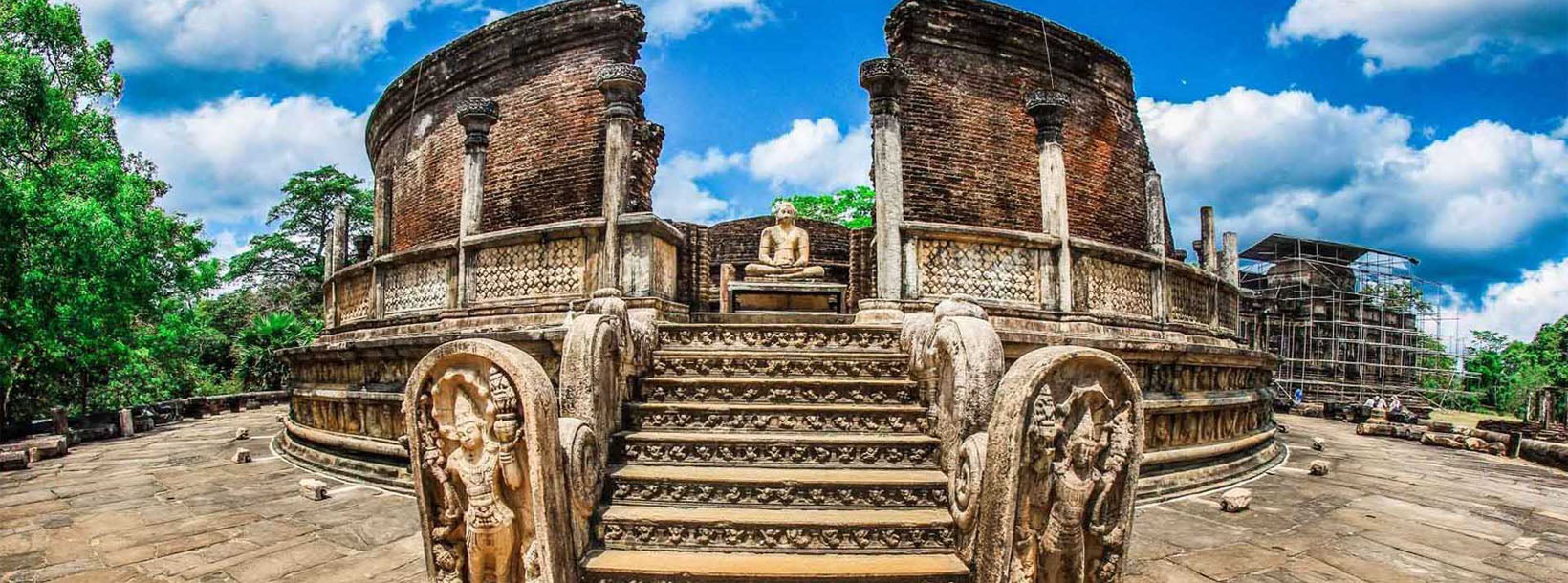
Ville de Polonnaruwa
Polonnaruwa, site classé au patrimoine mondial de l'UNESCO au Sri Lanka, était la capitale médiévale du pays (XIe-XIIIe siècle). Réputée pour ses ruines bien préservées, dont les emblématiques statues du Gal Vihara, elle présente une architecture impressionnante, reflétant la grandeur de l'ancienne civilisation cinghalaise.
Rankoth Vehera
Rankoth Vehera is a large ancient stupa located in the historic city of Polonnaruwa, Sri Lanka. Built by King Nissanka Malla between 1187 and 1196, it is one of the most significant Buddhist monuments in the Polonnaruwa period. Its name means “Stupa with the Golden Pinnacle,” reflecting its historical original design and spiritual importance.
The stupa is constructed entirely of brick and originally had a much greater height than it does today. Its base has a circumference of approximately 550 feet and it stands about 108 feet tall in its present state. Rankoth Vehera includes four large vahalkadas (ornate ritual platforms) aligned with the cardinal directions and sits on a large square terrace.
Visitors to Rankoth Vehera can walk along the terrace entrances, observe the brick craftsmanship and architectural style, and reflect on the stupa’s resemblance to Ruwanwelisaya in Anuradhapura. The site encourages quiet contemplation and offers views of the archaeological surroundings in Polonnaruwa. Guided tours are often available, explaining its history, inscriptions, and religious function.
Accessible year-round, the best time to visit Rankoth Vehera is during the dry season when paths are firm and visibility is clear. It is situated in the Polonnaruwa Ancient City, which is well connected by road and public transport. Entry to the archaeological park where Rankoth Vehera is located usually involves an admission fee and opening hours during daylight.
À propos du district de Polonnaruwa
Polonnaruwa est la deuxième plus grande ville de la province du Centre-Nord du Sri Lanka. Classée au patrimoine mondial de l'UNESCO, sa cité antique est riche d'une riche histoire de conquêtes et de luttes, et constitue à juste titre le troisième élément du Triangle culturel. Située à environ 140 km au nord-est de Kandy, Polonnaruwa offre des heures de plaisir sans fin aux amateurs d'histoire et de culture, grâce à ses nombreux sites remarquables.
La plupart des ruines actuelles sont attribuées au roi Parakrama Bahu Ier, qui consacra d'importantes ressources royales à l'urbanisme, notamment à la construction de parcs, d'édifices, de systèmes d'irrigation, etc. Son règne est considéré comme un âge d'or où le royaume prospéra sous la conduite d'un souverain visionnaire. Le Parakrama Samudra, un immense réservoir, porte le nom de son mécène. Le célèbre palais royal, la salle d'audience entourée d'éléphants en pierre magnifiquement sculptés et le bassin de baignade témoignent de l'excellence technique de l'époque.
À propos de la province du Centre-Nord
La province du Centre-Nord, la plus grande du pays, couvre 16 % de la superficie totale du pays. Elle est composée de deux districts : Polonnaruwa et Anuradhapure. Anuradhapura est le plus grand district du Sri Lanka, avec une superficie de 7 128 km².
La province du Centre-Nord offre de nombreuses opportunités d'investissement pour la création d'entreprises, notamment dans les secteurs de l'agriculture, des industries agroalimentaires et de l'élevage. Plus de 65 % de la population de la province dépend de l'agriculture et des industries agroalimentaires de base. La province du Centre-Nord, également appelée « Wew Bendi Rajje », compte plus de 3 000 réservoirs de moyenne et grande taille. Sri Maha Bodiya, Ruwanweli Seya, Thuparama Dageba, le monastère d'Abayagiri, Polonnaruwa Rankot Wehera et Lankathilake sont des sites à surveiller.









